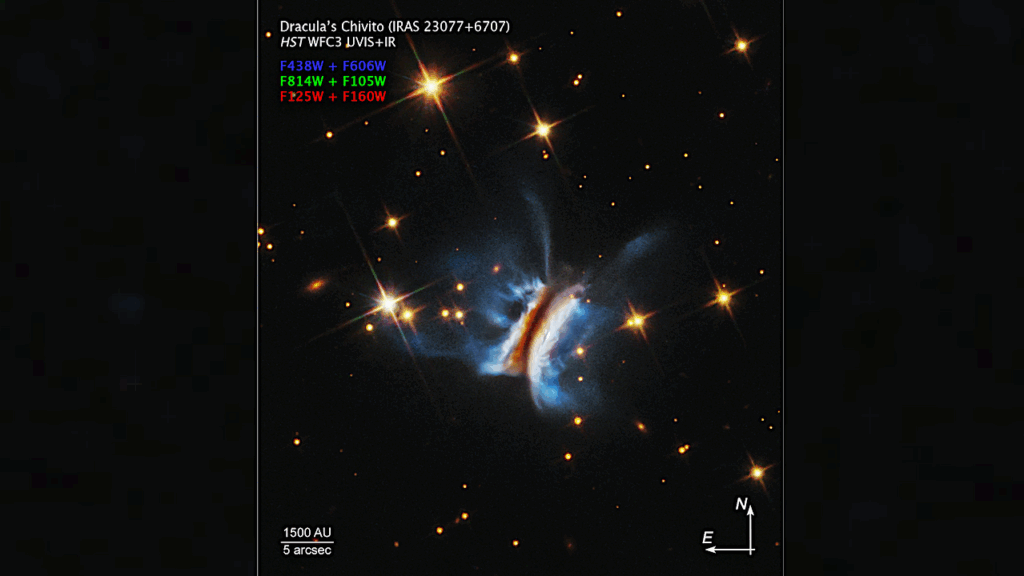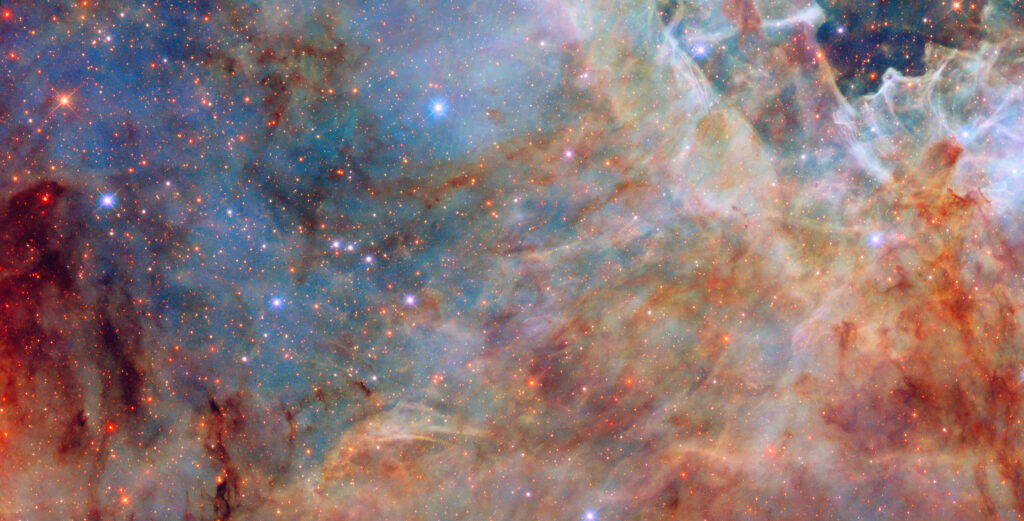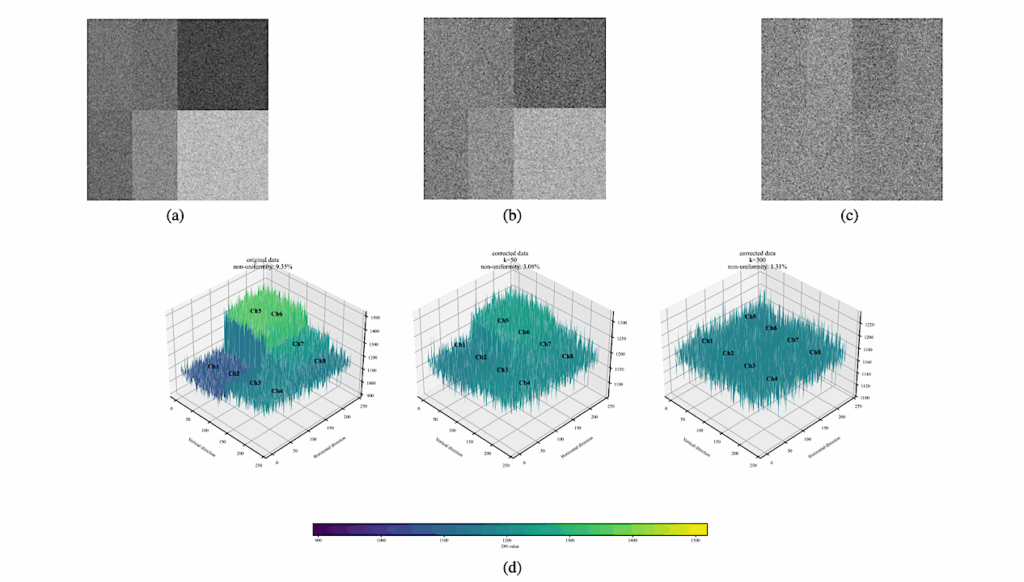NASA Exoplanet Exploration Program (ExEP) Mission Star List for the Habitable Worlds Observatory (2023)
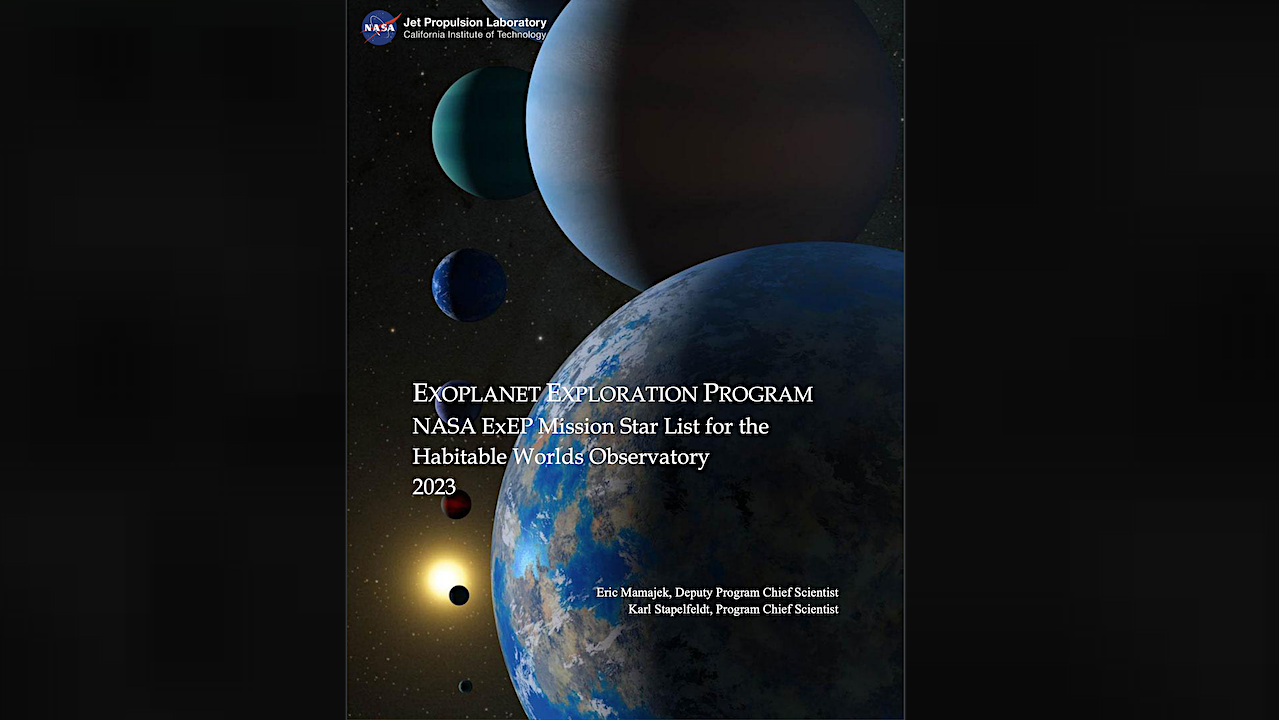
The Astro 2020 Decadal Survey “Pathways to Discovery in Astronomy and Astrophysics for the 2020s” has recommended that “after a successful mission and technology maturation program, NASA should embark on a program to realize a mission to search for biosignatures from a robust number of about ~25 habitable zone planets and to be a transformative facility for general astrophysics,” and prescribing that the high-contrast direct imaging mission would have “a target off-axis inscribed diameter of approximately 6 meters.”
The Decadal Survey assumed an exo-Earth frequency of ~25%, requiring that approximately 100 cumulative habitable zones of nearby stars should be surveyed. Surveying the nearby bright stars, and taking into account inputs from the LUVOIR and HabEx mission studies (but without being overly prescriptive in the required starlight suppression technology or requirements), we compile a list of 164 stars whose exo-Earths would be the most accessible for a systematic imaging survey of habitable zones with a 6-m-class space telescope in terms of angular separation, planet brightness in reflected light, and planet-star brightness ratio.
We compile this star list to motivate observations and analysis to help inform observatory design (mission-enabling “precursor science”) and enhance the science return of the Habitable Worlds Observatory (HWO) survey for exo-Earths (mission-enhancing “preparatory science”). It is anticipated that this list of target stars and their properties will be updated periodically by the NASA Exoplanet Exploration Program.

Distance versus bolometric luminosity for the target stars (Tier A stars are large green circles, Tier B stars are blue squares, Tier C stars are small orange triangles). Stars that were characterized and tested but not selected are red Xs. Characteristic lines are plotted showing stellar luminosities of 3 Lsun (solid) and 5 Lsun (dash-dot), which roughly define upper limits for the Tiers A+B and C samples, respectively. The long-dash curve roughly traces the lower envelope of target stars, with the line drawn equating to where the middle of the habitable zone (1.31au X sqrt(luminosity) would appear at angular separation 70mas. The line itself was not used to select stars, but visibly approximately traces the lower selection boundary. astro-ph.IM
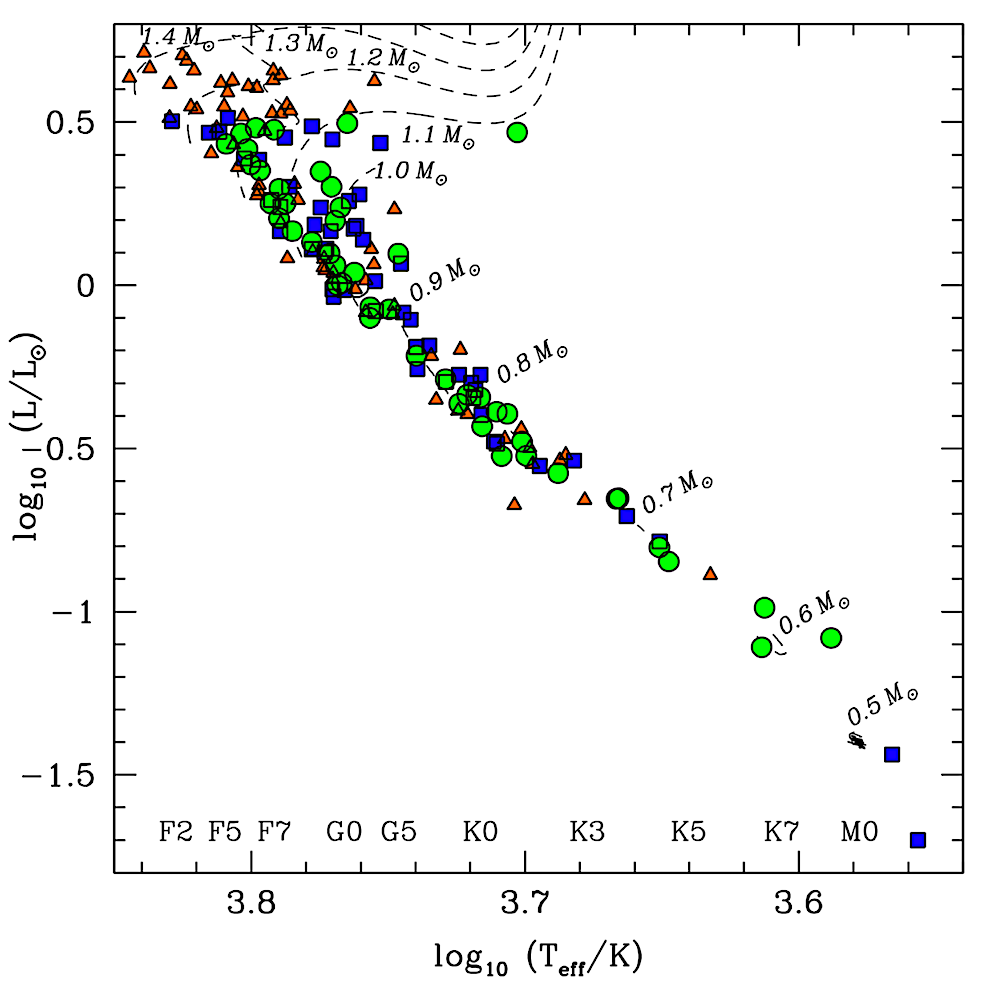
HR diagram – effective temperature versus bolometric luminosity – for the selected target stars (Tier A stars are large green circles, Tier B stars are blue squares, Tier C stars are small orange triangles). MIST evolutionary tracks for 0.5 to 1.4 solar masses (in steps of 0.1 Msun) from Choi et al. (2016) for solar composition between ages 100 Myr and 10 Gyr are shown as dashed lines. — astro-ph.IM
Eric Mamajek, Karl Stapelfeldt
Comments: 38 pages, 3 figures, NASA ExEP report released January 15, 2023. ExEP Mission Star List for the Habitable Worlds Observatory can be downloaded and queried at the NASA Exoplanet Archive @ NExScI: this https URL
Subjects: Instrumentation and Methods for Astrophysics (astro-ph.IM); Earth and Planetary Astrophysics (astro-ph.EP); Solar and Stellar Astrophysics (astro-ph.SR)
Report number: JPL CL#23-0611
Cite as: arXiv:2402.12414 [astro-ph.IM] (or arXiv:2402.12414v1 [astro-ph.IM] for this version)
Submission history
From: Eric E. Mamajek
[v1] Mon, 19 Feb 2024 06:28:49 UTC (2,695 KB)
https://arxiv.org/abs/2402.12414
Astrobiology,


